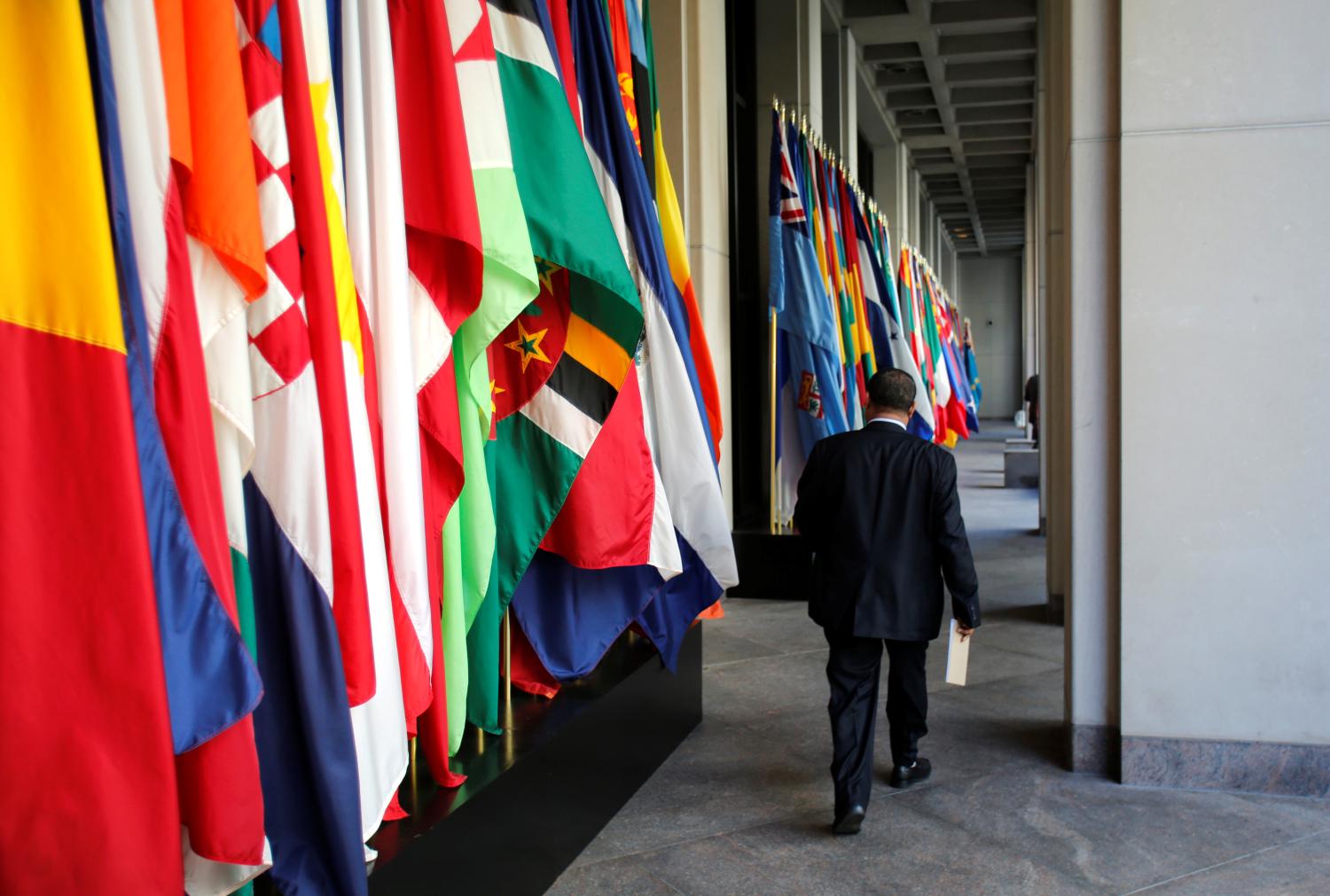Introduction
From Sierra Leone to Tajikistan and Indonesia’s Aceh Province, civil war has erupted in countries suffering from persistent poverty or sharp economic decline. These conflicts sap already depleted national resources and further cripple the fragile economies of some of the world’s poorest countries, while claiming millions of innocent lives. They may also suck in neighboring countries, exacerbate regional instability, and require costly military intervention by outside powers. Civil wars often have significant security implications for more distant peoples as they are ideal incubators of transnational security threats such as terrorism, weapons proliferation, criminal activity and infectious disease.
Recent examples of poor countries that have plunged into civil war abound. Sierra Leone was one of the world’s poorest countries with a per capita GNI of $180 when its brutal civil war broke out in 1991.1 The war resulted in the U.N. authorizing the deployment of a 17,500-strong peacekeeping mission, at a cost of $2.8 billion.2 Ivory Coast – once considered a model of relative prosperity and stability in Africa – experienced steadily declining per capita GNI which dropped from $1,120 in 1980 to $650 in 2000, when civil conflict erupted for the first time since independence.
In Zaire (now the Democratic Republic of the Congo), two full-scale wars erupted in the mid-1990s, ultimately resulting in the deaths of an estimated 4 million people and requiring the eventual deployment of 17,000 U.N. peacekeepers. The conflicts’ immediate precipitating factors were external.3 However, domestic factors helped fuel Congolese rebel movements that fought a simultaneous and sustained civil war. These factors likely include decades of intense kleptocracy, lack of basic infrastructure throughout the vast country, inter-communal tensions manipulated by long-time dictator Mobutu Sese Seko and his successors, and dire poverty. In 1995, Zaire’s GNI per capita stood at $130, making Zaire the second poorest country in the world. Today, the DRC remains violent in places and highly unstable. The risk of renewed conflict remains high, in part because economic conditions have not improved in any meaningful way: GNI per capita remains the second lowest in the world, having dropped to $120.
While in recent years, civil wars have been all too frequent in Sub-Saharan Africa, they have afflicted every other region as well. In Southeast Asia, the 1997 Asian financial crisis caused a run on Indonesia’s currency and that country’s sudden economic collapse: after a period of steady growth, real per capita GNI dropped to $670 in 1998, from a post-independence high of $1,120 just one year earlier. The following year, in 1999, fighting erupted between government forces and independence fighters in the western province of Aceh, Indonesia’s fourth poorest province, causing approximately 3000 deaths over a period of three years.4 In the Western Hemisphere, Haiti ranks as one of the world’s poorest countries. Its per capita income dropped drastically from a post-independence high of $430 in 1991 to $260 in 1994, following a violent military coup and political upheaval which have prompted the UN to deploy four successive stabilization missions to that country. The political violence was instigated by dictatorial regimes, and is exacerbated by high unemployment rates and vast disparities in income and access to health and education. Yet Haiti’s grinding poverty – GNI per capita remains below $400 and has stagnated for over a decade – has certainly also contributed to the ongoing civil strife in that island nation.
The pattern is similar in the Middle East. According to the World Bank, citizens in the West Bank and Gaza have experienced a 30 percent decline in real GDP per capita since 1999, before the start of the second Intifada, which has cost an estimated 3,871 Palestinian and 1011 Israeli lives.5 Since the cut off of international aid following Hamas’ victory in Spring of 2006, these already dire economic conditions have worsened. According to a recent U.N. report, projections for the Palestinian economy “point to unprecedented unemployment, poverty and social tensions.”6 Now these conditions combine with political divisions to threaten both civil war between Hamas and Fatah and dissolution of the Palestinian Authority.
Finally, in Iraq, civil conflict is intensifying and devolving into full-scale civil war. Upon leaving the post of commander of the Multinational Corps in Iraq in late 2006, Lt. Gen. Peter Chiarelli said that finding jobs for “angry young men” and taking them “off the street” was “absolutely critical to…lowering the level of violence” and “just as important as growing the size of their army.”8 To date, however, relatively little attention has been devoted to the economic drivers of this conflict. No doubt, the civil conflict in Iraq is rooted substantially in sectarian differences that were exacerbated by Saddam’s tyranny. It is stoked by foreign jihadists, meddling neighbors and by resentment of the U.S. occupation. Yet, roughly 50 percent of Iraqis were unemployed in 2005 and real per capita GNI stands at only a fraction of what it was in the 1980s. Deteriorating economic conditions have almost certainly contributed in some measure to the rising violence in Iraq.
These and other cases of civil conflict may each in isolation offer policymakers some useful insights. Yet, viewed together, they beg an overarching question: is there a significant and demonstrable link between income poverty and the risk that a country will slide into civil war? Could U.S. foreign policy benefit from greater emphasis on promoting economic growth and alleviating poverty? The answers to these questions bear directly on several current challenges to U.S. national security from the Middle East to South Asia and Africa.
The Brookings Institution is committed to quality, independence, and impact.
We are supported by a diverse array of funders. In line with our values and policies, each Brookings publication represents the sole views of its author(s).




